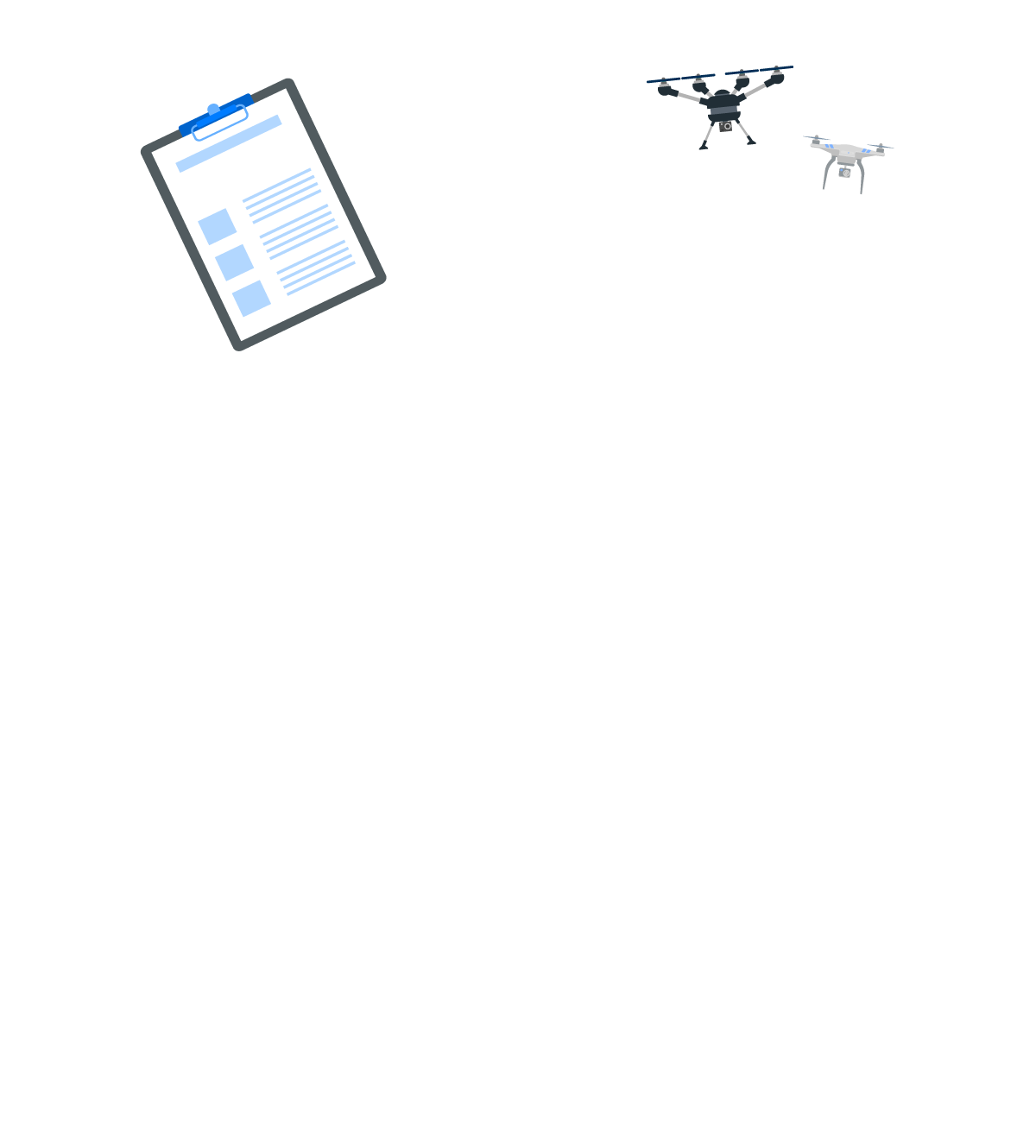
Step 1 | Lesson 1.3
Aerodynamics
The laws of physics that govern the flight of every drone are introduced in this lesson. Understand the forces involved, and the efforts to counter them in flight. With treatments for both multi-rotor and fixed-wing configurations, you’ll learn about the conditions that enable a drone to stay airborne.
Going beyond the basics, get a glimpse of the future of drone flight, which is autonomous, enabled by developing sophisticated algorithms for flight control.
Every Flight to the Future lesson has seven segments that take you through a Mind Expanding Journey.
– Introduction
– Presentation
– Concept
– In-depth
– Recap
– Required reading
– Assessment
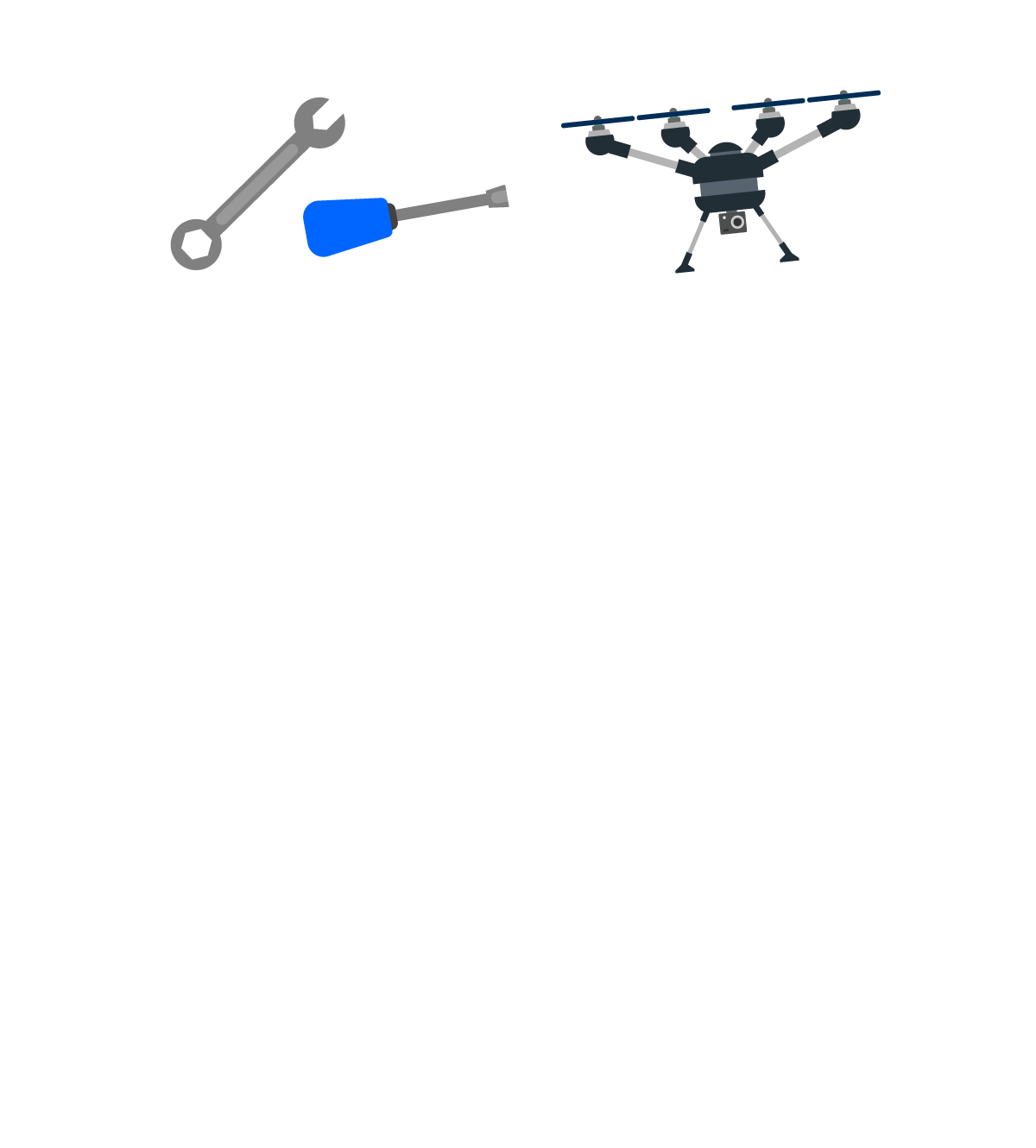
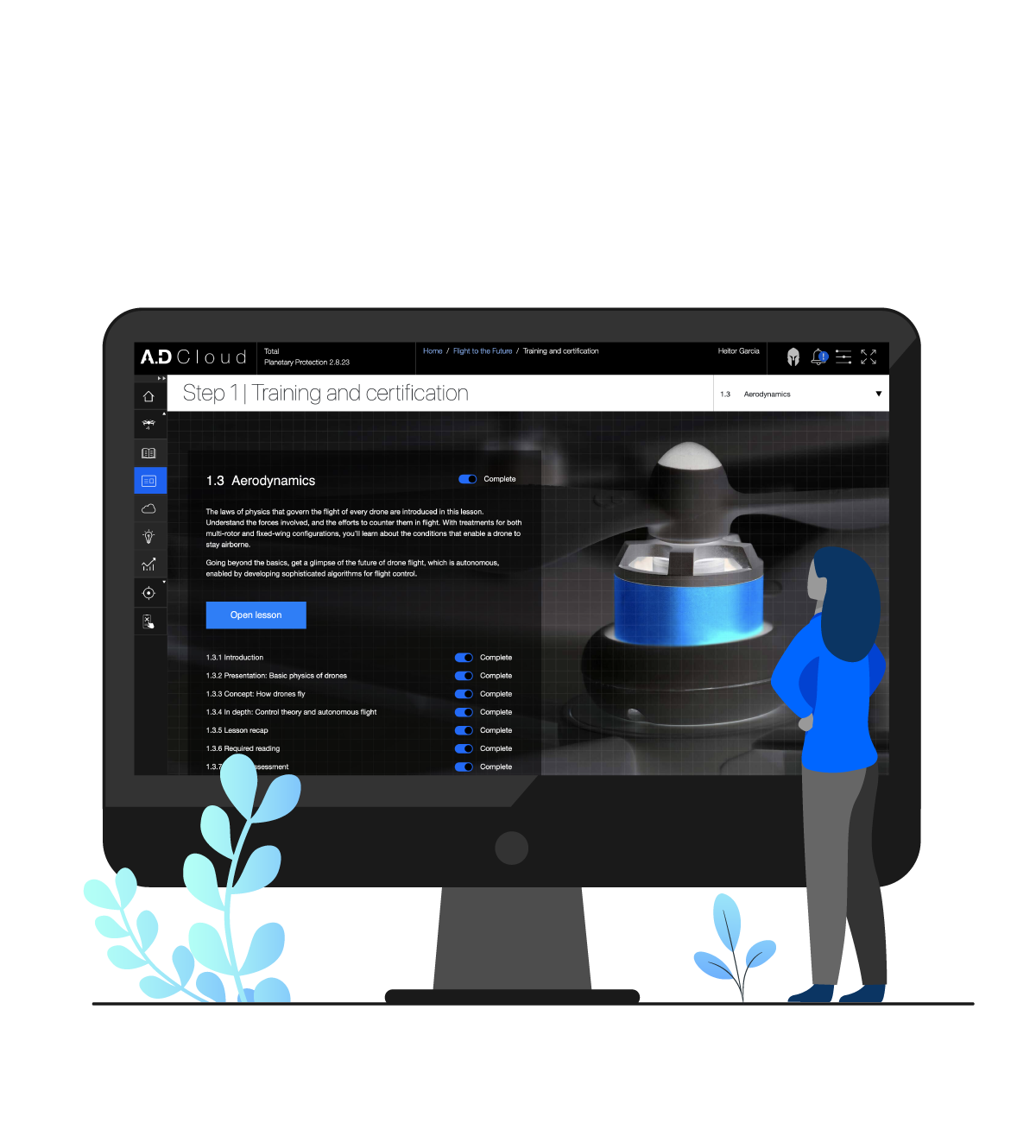

1.3.1. Introduction
The science of flight
An understanding of flight starts with identifying the forces acting upon the vehicle. Drone manufacturers use a similar approach to deliver engineered capability that can continuously overcome those forces.
Gravity and lift are forces that act along the vertical axis, while thrust and air drag are forces to be accounted for in the horizontal direction.
By leveraging the concept of vectors, you’ll see that many flight capabilities can be readily defined.
As you’ll discover in the lesson, stability in drone flight can be achieved with greater precision by using control theory. This is a framework that enables compensation overflows in any dynamical system by allowing for a feedback loop, giving the system a chance to self-correct.
Often used in aeronautics for flight stability and auto-pilot features, drones can utilize control theory to minimize aerodynamic instabilities, achieve autonomous flight and conduct swarm missions.
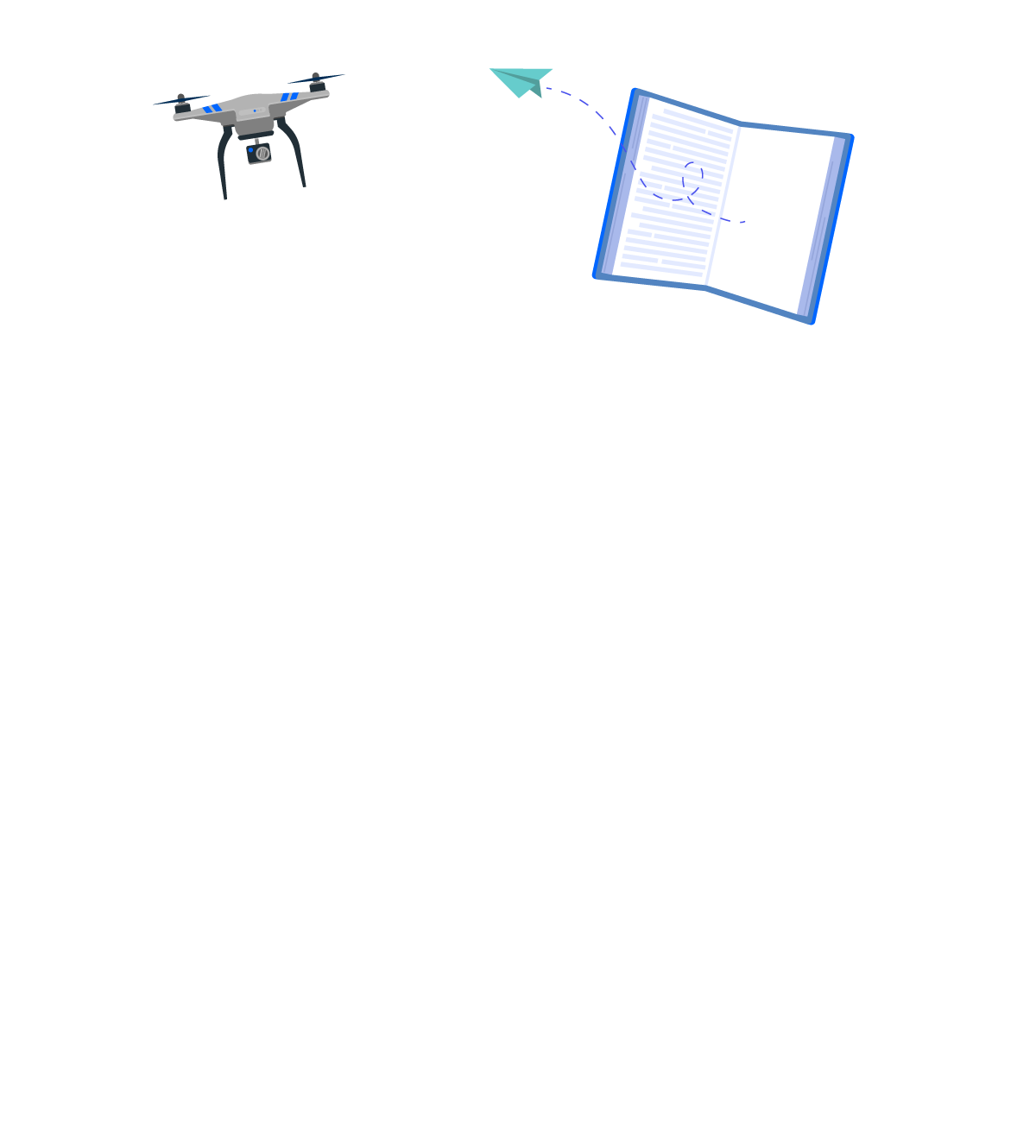


1.3.2 Presentation
Basic physics of drones
Fixed wing and multi-rotor drone configurations achieve and maintain flight in different ways. Fixed wing drones achieve lift in a similar manner to manned fixed wing aircraft, by leveraging wing surface shapes and airflow to overcome gravity. The presence of airflow implies that such vehicles need to be moving forward in order to achieve lift.
Multi-rotors, however, generate enough lift by simply spinning their propellor blades, pushing the air down and eventually overcoming gravity.
Another interesting feature that multi-rotors exhibit, is the way in which they turn or rotate in flight, using the principle of conservation of momentum to achieve a change in direction.
Watch the teaser
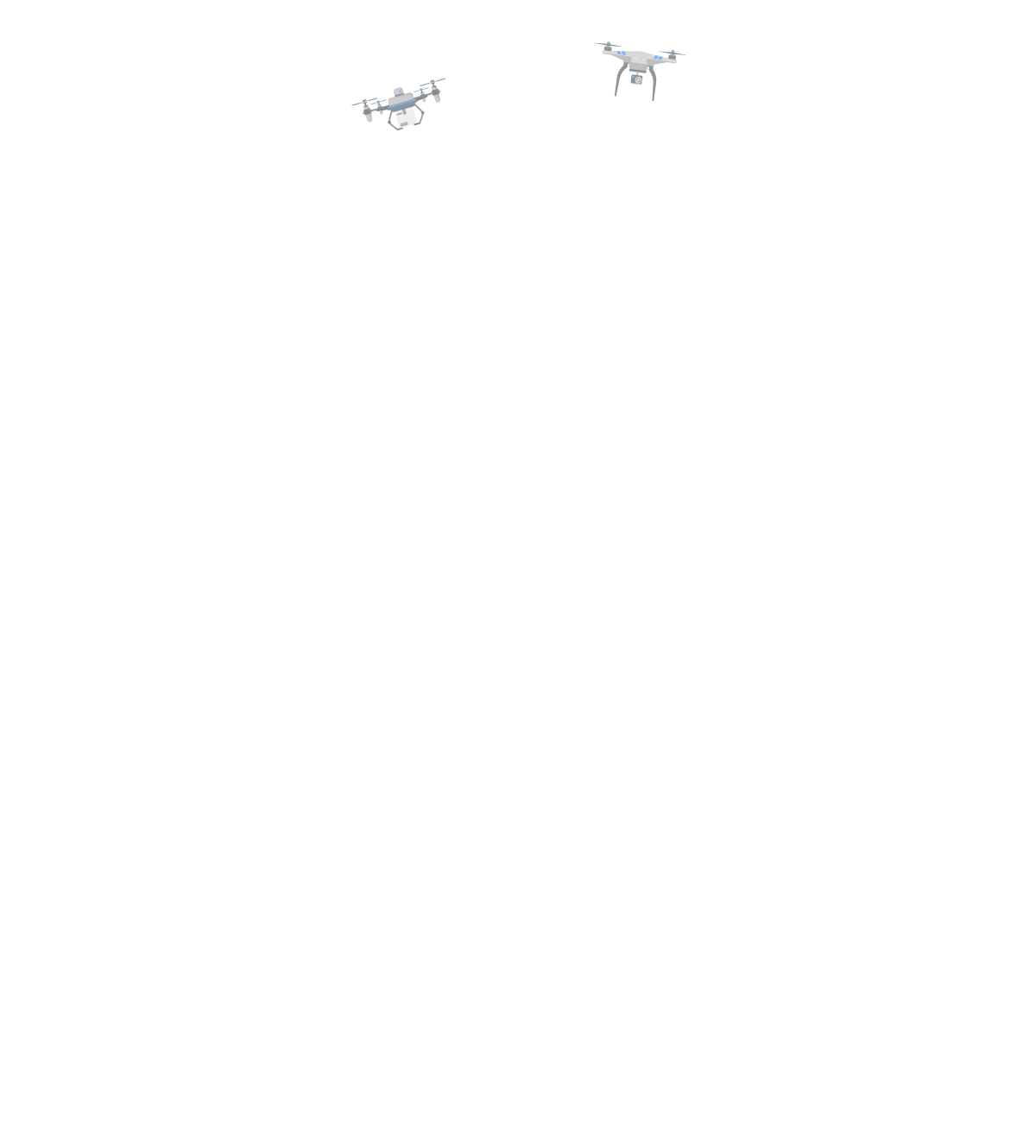


1.3.3 Concept
How drones fly
As we saw in the previous lesson, a drone has 3 main electronic cards – transceiver, regulator-distributor and flight control. The regulator uses the drone battery and powers the necessary components, which includes the motors that drive the propellers.
It is the job of the flight control component to send the right commands to regulate the power in the motors. This is done by using internal auto-compensation protocols that constantly adjust the drone in varying winds and atmospheric conditions.
It also, of course, relays commands from the drone operator via the transceiver and translates them into power adjustments, enabling the drone to precisely respond to what the drone operator wants.
Watch the teaser
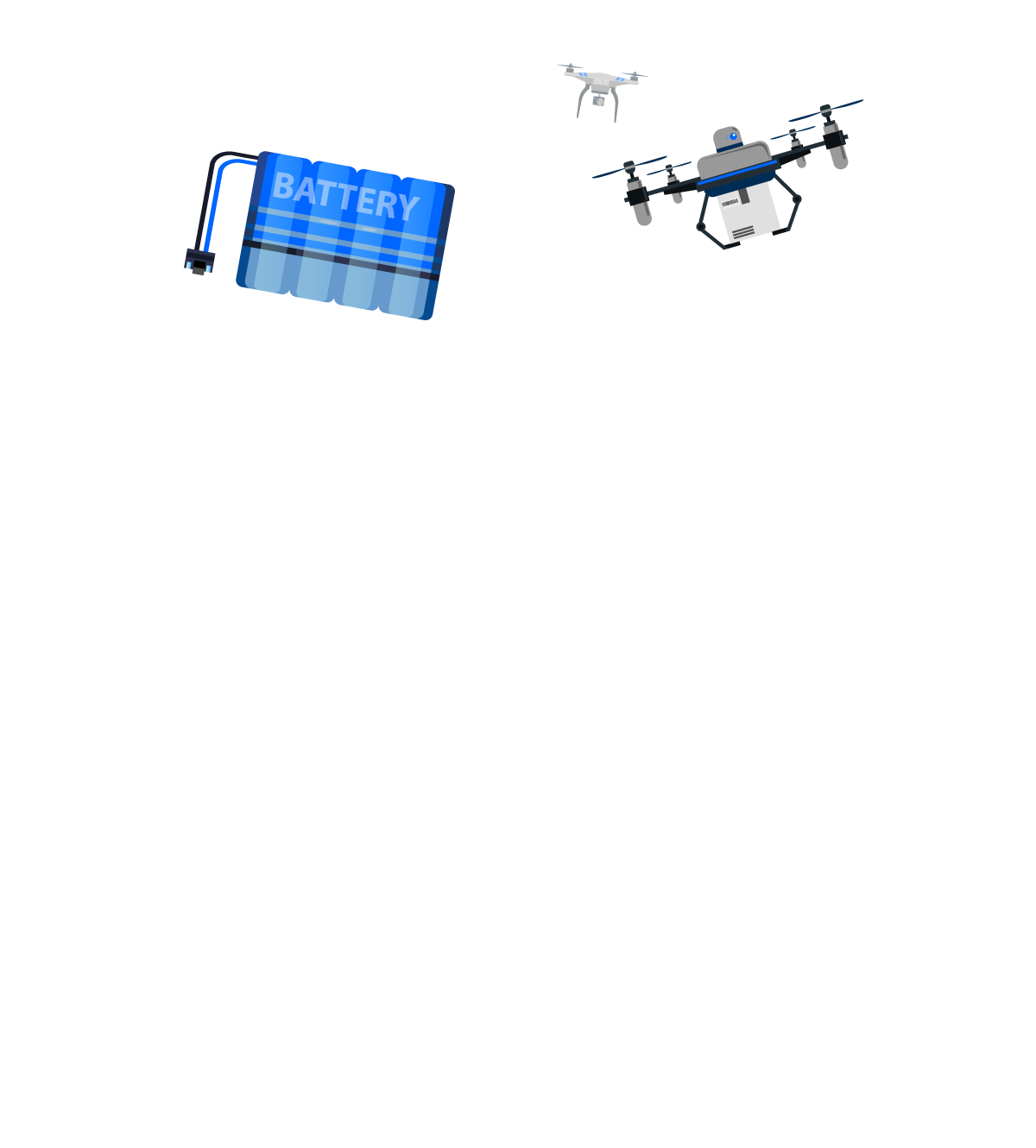


1.3.4 In-depth
Control theory and autonomous flight
Control theory is a framework for controlling dynamical variables in any engineered device. It’s been around since antiquity, often being used in hydraulic projects where fluid control is needed.
With the advent of industrialization, control theory began to be studied as a subject and significant advances were made in the late 19th century for establishing stability criteria.
The transformation in commercial drone operations
A drone needs guidance, control and navigation to conduct flight operations. This can be completely automated to achieve near-autonomous drone operations.
From flight stability and navigational control, to sense-and-avoid capability or executing emergency procedures due to the failure of one or more components in the drone system, control theory plays a central part in ensuring autonomous flight.
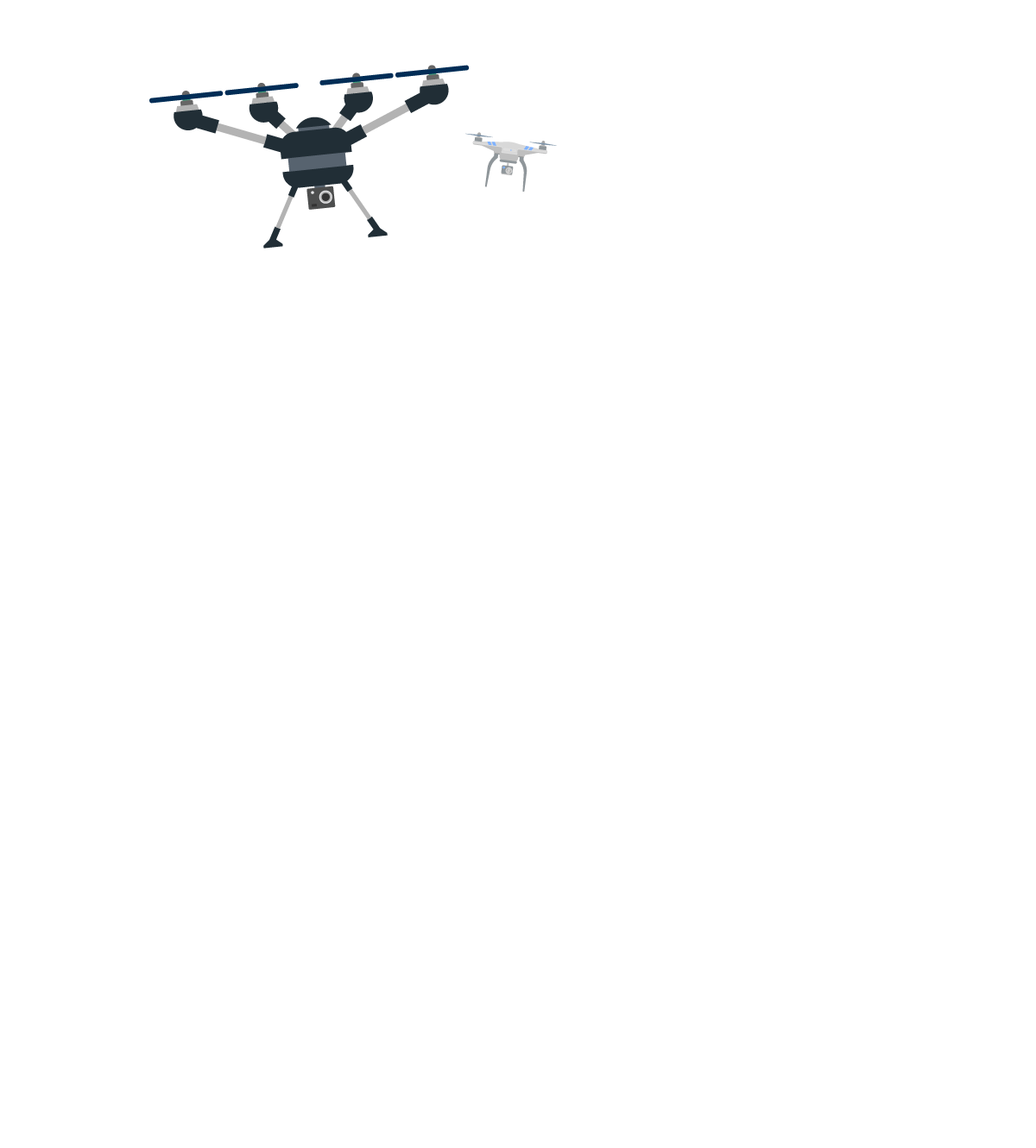


1.3.5 Recap
Lesson summary
Newton’s first law of motion
Every object stays at rest or in uniform motion unless acted upon by an external force. Uniform motion means movement with constant speed and direction.
This law is related to inertia. For example, when a drone is at rest on the ground, it has to overcome inertia to achieve flight. It does so, by applying an external force, namely lift.
Newton’s second law of motion
Net acceleration of any object is proportional to the net force experienced by the object and inversely proportional to the mass of the object.
This can be stated using the famous equation F = ma, where the force F is equal to the mass of the object times its acceleration.



1.3.6 Required reading
Lesson library
Required
– Vectors, forces and Newton’s laws of motion
– Theory of flight
– Using rotation and angular momentum to control movement
– Dragonfly's Journey to Titan
– Can I fly my drone above 400 feet?
– Pushing boundaries of drone control for extreme conditions
For advanced readers
– Multi-rotors and variable pitch propellers
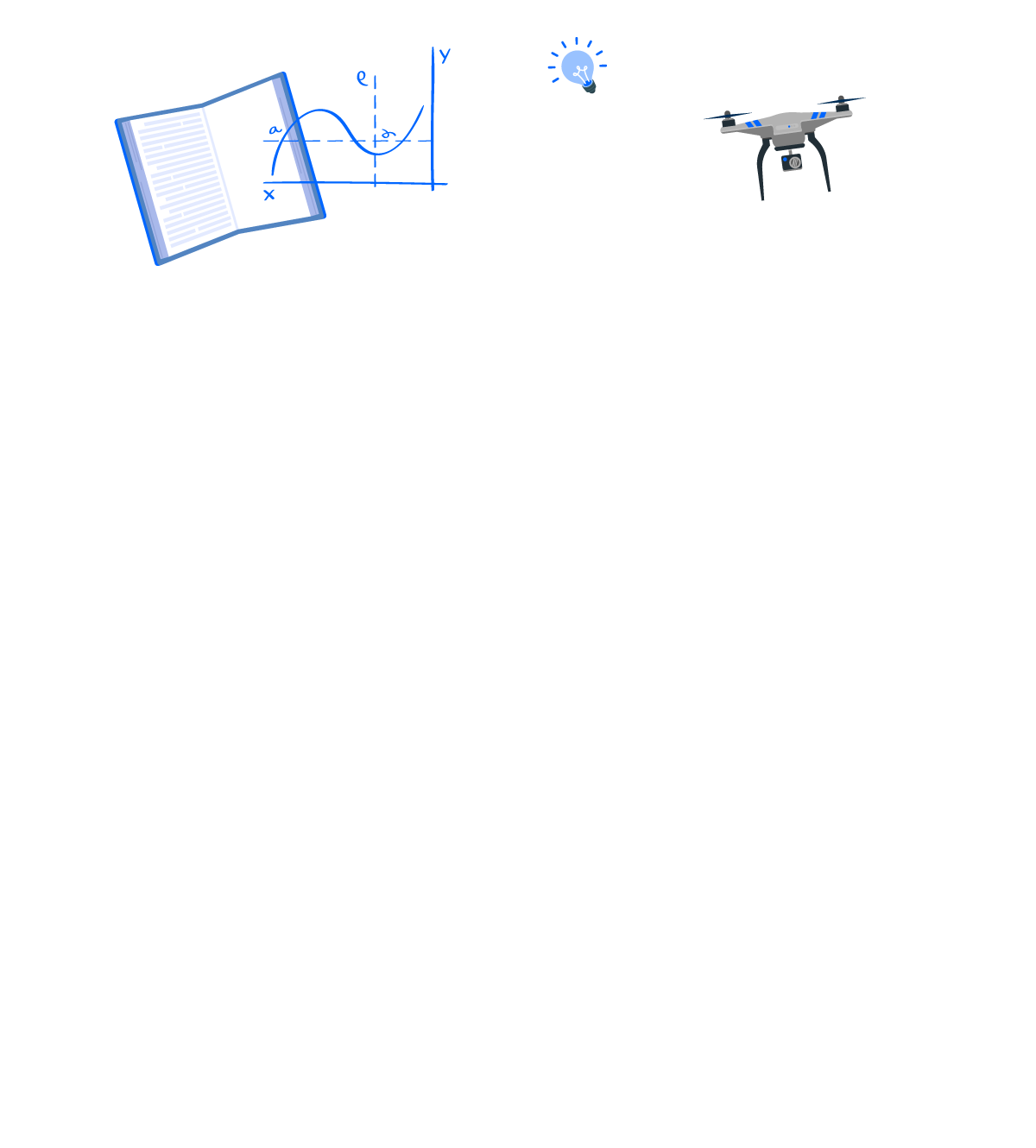


1.3.7 Assessment
Lesson quiz
A multi-rotor generates lift by
– Using its propellers to create turbulence.
– Exploiting the mysterious law of angular momentum.
– Using its propellers to push down the air below it.
– Increasing the propellor blade’s angle of attack.
Ten multiple choice questions. An 80% score is needed to advance to the next lesson.
